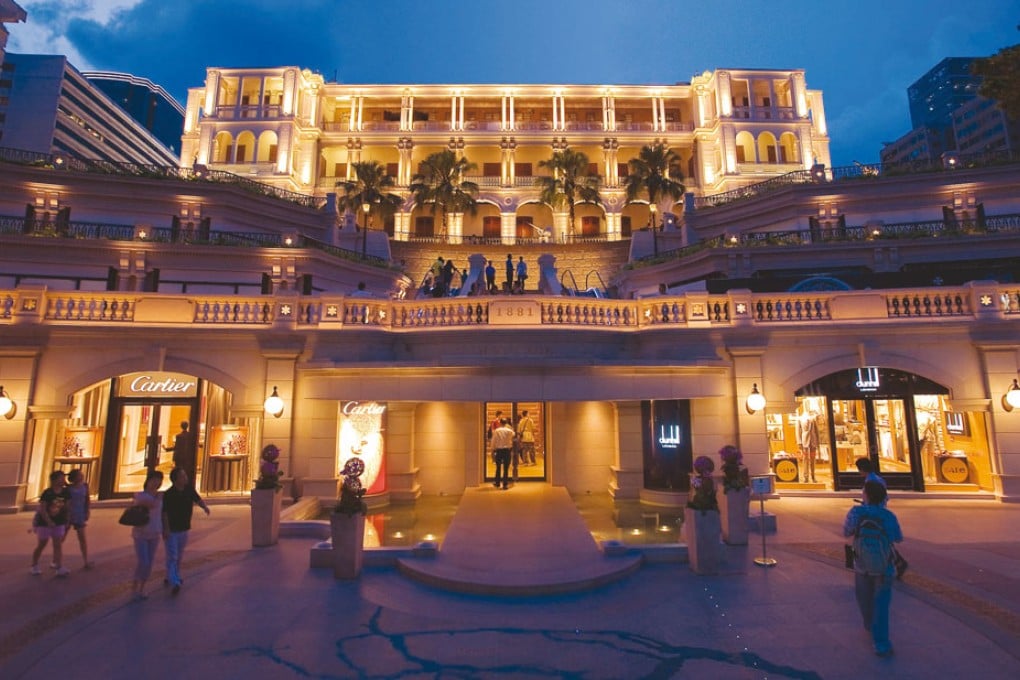Building on the Past
Winnie Yeung and June Ng look into the latest in heritage conservation.

After years of criticism and protesters chaining themselves to historic buildings to stop demolition, the government finally seems to be picking up their feet on heritage conservation. First they set up a new department last year and appointed a Commissioner for Heritage to work alongside the much-criticized Antiquities and Monuments Office. Last month Chan’s office announced a second batch of buildings to be put under the “Revitalizing Historic Buildings Through Partnership Scheme,” which invites organizations to take over historic buildings and readapt them for new use. Among the buildings is the widely discussed Blue House in Wan Chai.
The announcement coincides with the opening of The Hullett House in Tsim Sha Tsui next month. Formerly the Marine Police Headquarters, the historic building was converted by Cheung Kong Properties into a boutique hotel, to be run by Aqua founder David Yeo. Anyone familiar with the original building will be shocked to see what it looks like now. The white and blue police station is now covered in brown and sandy colors, and has been refurbished to the point where less familiar visitors would think it was an entirely new building.
Dr. Ng Cho-nam, a member of the Antiquities Advisory Board, says the building is an example of a failed revitalization project. “The focus is wrong,” he says. “It should be on conserving heritage, not on business. They’re simply using heritage to promote the latter.” He adds that the building now appears to be little more than decoration for the faux-classical shopping mall in front of it, which Cheung Kong has named “1881 Heritage.”
Many are not confident that better steps are being taken under the new “Revitalizing Historic Buildings Through Partnership Scheme.” Controversial decisions in the first phase of the scheme included allowing the Savannah College of Art and Design to use the old North Kowloon Magistracy as their new campus, and allowing Sino Properties to turn the old Tai O Police Station into a boutique hotel.
Some critics have gone as far as to suggest that the historic buildings should all be turned into museums. This has been seen in many cases around the world, and has previously been done by the government for many years here. But Dr. Ng believes this would not be the best approach. “Museums in Hong Kong are not very popular already,” he says, adding that such revitalization would also lack an organic element.
Legislator Patrick Lau, who represents the architecture and planning constituency, believes the government provided insufficient information and regulations in the first round of the scheme when it came to preserving the historical aspect of the buildings. This led to confusion and a wrong focus on the part of the applicants who went on to use them. “A lot of the applicants just wanted the space and were not interested in heritage,” he says. He points out that the applicants also had to hire their own architectural consultants to tell them how to readapt the buildings.